Sometimes I wonder if there will be a point in the future where someone googles my name for something important– you know, like a potential employer who might want to hire me, or if the government ever wants to offer me top-secret security clearance, or maybe even a potential mother-in-law wondering if I’m good enough to marry her son– and you know what they’re going to find?
Chicken nipples.
Yeah. At some point I’m going to take a good hard look at the choices I’ve made in my life, but that day is not today, and here’s why: Chicken nipples may be the best thing that has ever happened to me as a chicken-keeper, and people need to know about them.
Also, this should go without saying, but I also cannot even tell you the number of times I’ve had to explain basic biology to someone who didn’t understand how you get eggs from chickens if you don’t have a rooster, so, just to make sure we’re clear… chickens do not have nipples. What I’m talking about are these things:
I don’t know what the official name is… “poultry waterer nipples” maybe? Doesn’t matter though, because if you google “chicken nipples” you’ll find them.
Okay, so here’s why they’re important. In the summer the chickens spend fewer hours in the coop (because they free-range during daylight) and they have multiple water sources around the property. This is nice because there’s usually a water source nearby,
all of the chickens will have access to water (particularly if one is being bullied and blocked from the feeder/waterer), plus It means I have to fill up the waterers fewer times per week.
In the winter, however, the chickens don’t really leave the small barn. I have one 5 gallon waterer set up on a heater in the common area, but, even though I own a second heated waterer, any time I’ve tried to set it up inside the coop the chickens kick up bedding or drop feathers or poop into the trough and the water is contaminated within a day.
Hellions.
Anyway, this winter I decided to try something different and created a waterer using a 5 gallon bucket (with a lid), a bucket heater, and chicken nipples.
Installation was super easy. First, drill holes in the bucket spaced far enough apart for chickens to stand next to each other…
That’s just a standard bit, and my holes were 3-4 inches apart and probably could have been more like 5-6.
I also cleaned the holes up with a utility knife, and then screwed the nipples in by hand…
(It’s good to check the manufacturers instructions because I would have tightened them all the way down, but the instructions said to leave 2-3 threads showing.)
Then, fill the bucket, and see how long it takes the chickens to figure it out…
Chickens put all other animals on this farm to shame when it comes to being curious. Anything new (especially anything brightly colored that may be a TREAT?!) gets a thorough inspection, so it took all of 90 seconds until most of them had this figured out…
Now it sits inside the coop with a bucket heater in it (this one) and the lid on, and it’s perfect.
The water stays clean and fresh, the nipples do not ice up at all, and there haven’t been any leaks. The best part is that the nipples could be used on a much larger container, say, a 50 gallon drum, which would ensure a lot of fresh water without needing to constantly refill the bucket.
To be honest, I didn’t really expect these to work, so I was pleasantly surprised. But not as surprised as chickens were a few days ago when I let them out of the coop and they made a beeline for the door until they saw this…
It looks like winter has officially started on the farm.
Article reference Chicken Nipples and Other Surprising Things
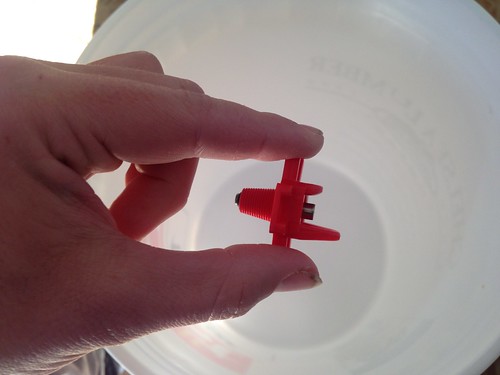

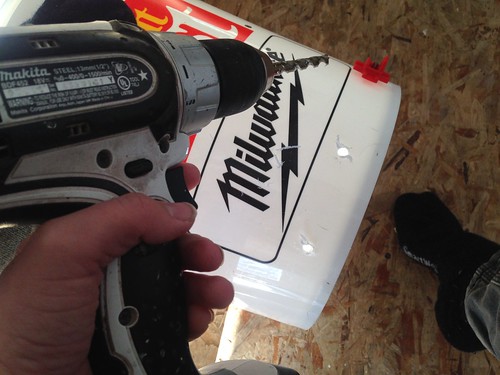
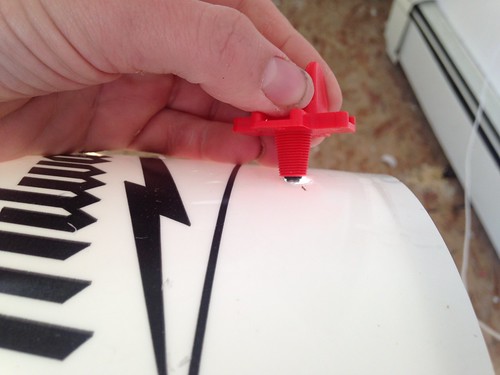
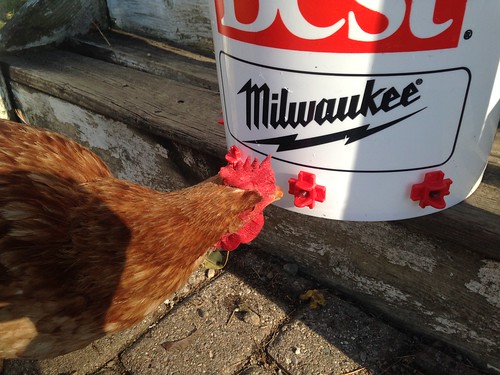
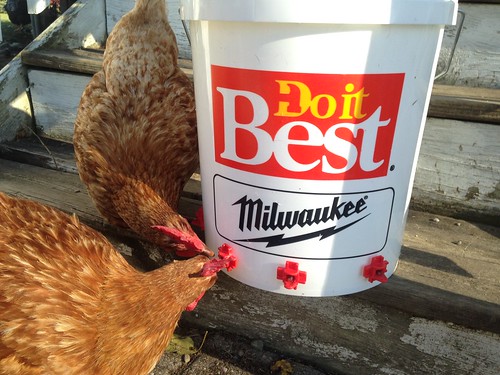

No comments:
Post a Comment